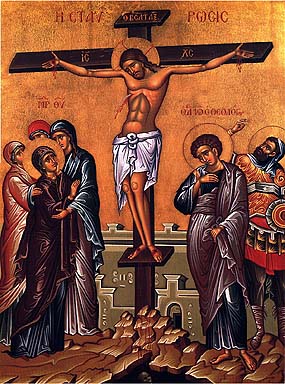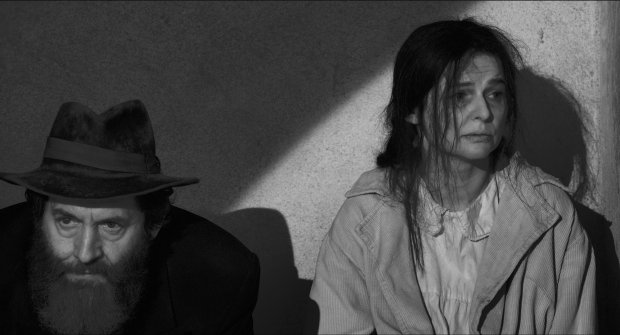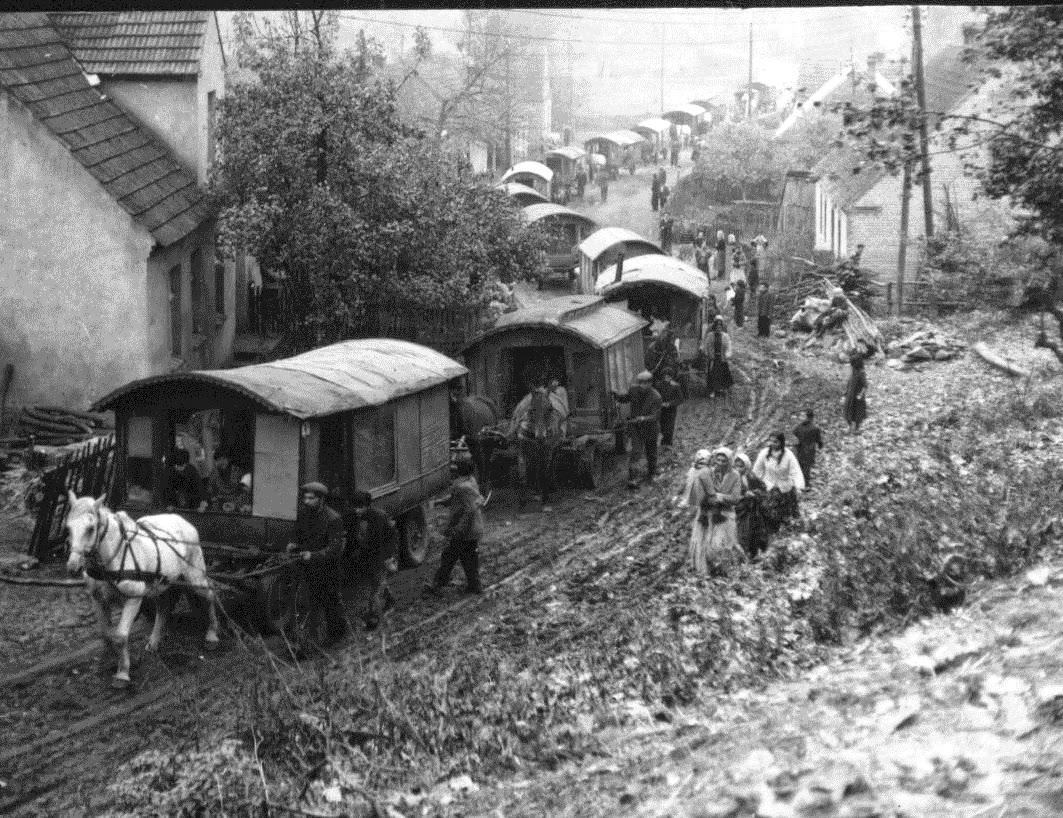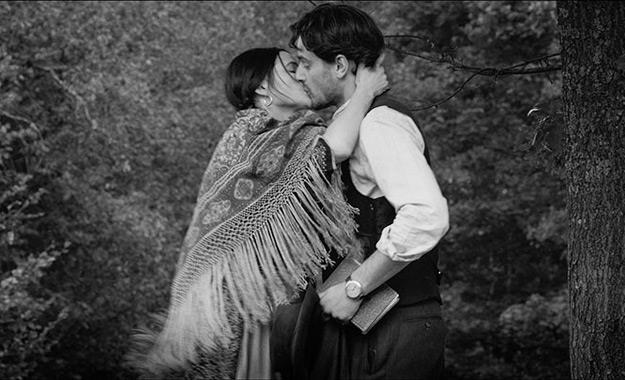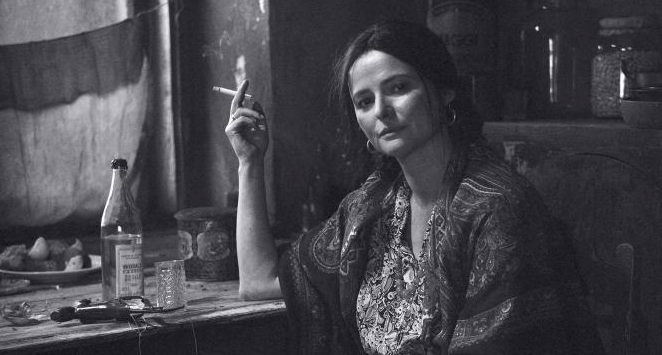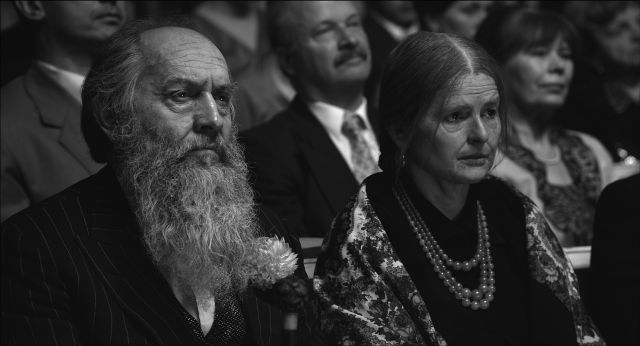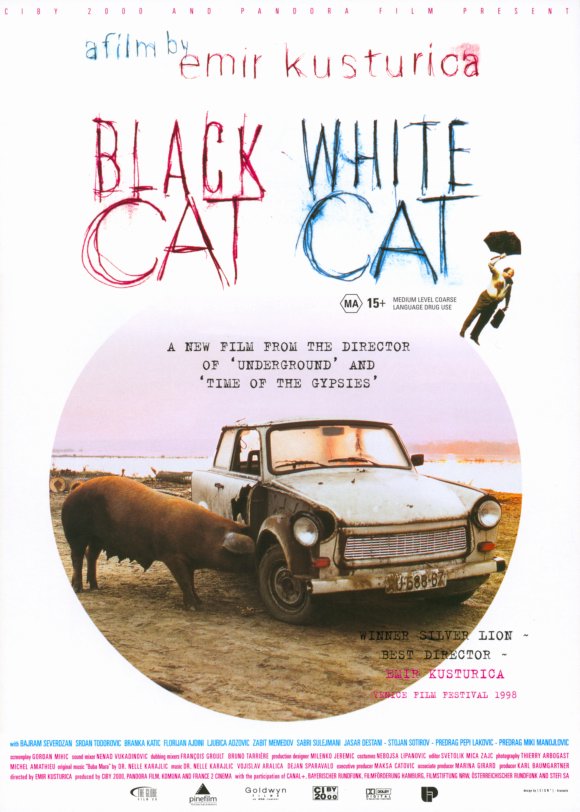I just came home from a short 4 days trip to Romania. I'm truly impressed by the beauty, the people goodness and their piety.
Over the last few years, I've visited Romania numerous times, most of the times I just crossed by car while traveling to Holland. My impressions the previous years were quite good already but I didn't have the opportunity until now to see how the country looks "from within" – I mean how the life flows there etc.
I've heard quite a lot of BAD thinks about corruption (from european parliament critics in new) and gipsy like people and plenty of bad stuff over the years.
This is all lies, the country people are not corrupt, they're just smart and find plenty of ways to earn money. For instance while I was traveling there were Romanians people selling raspberries brought by the nearby woods, the raspberry selling is not entering the treasury of the country and this is considered by the European Union corruption and a crime 🙂
Well talking about police, they're a bit corrupt and stopping you for no reason sometimes to ask if you can give them some coffee or cigarettes but i wouldn't put this police act as corruption it is rather an act the patrol police do in order to find some extra cash near the low sallaries received for serving in police 🙂
Well anyways my trip to Romania here are few of my travel notes. The whole travel Route was Bulgaria – Romania, the aim of my travel can be classified as business trip, since I was travelling with a relative's husband who was their to transfer some physical goods (a kind of logistics). The wohle trip started from my hometown Dobrich; we went through Silistra and Ruse and then the so famous Danube bridge. The roads in Bulgaria are not perfect and some regions were full of road holes, but this is normal since we have a harsh winter here and now a road recovery works are in progress on the roads. Crossing the Danube bridge, there is a custom police and they charge something like 23 BGN (Bulgarian levs) for crossing it. Then there is a border police check which as most people who travelled by bus or car over borders (out of Schengen) knows pretty well. You have to hand in your ID and it is checked by a policeman and if you're not in the list of WANTED CRIMINALS 🙂 they let you go. Some 500 meters or a 1 kilometer after that is the Romanian border police which (since not part of Schengen yet checks your traveller ID again).
In Romania we travelled through Gurgevo which is one of the closest cities to Danube river bridgeroad and one of nearest romanian cities to Bulgaria.
Our first destination was a place in Romania called Targo Mures, to go their our route passed through the side road of Bucuresht – Bururesti as Domneles (misters) calls it.
As I'm trying to live an Orthodox Christian life the most striking think from the moment we entered Romania to the one we went off it was the number of Churches, Crucifix and religious references one can see by just crossing the country roads.
Many villages in Romania had 2 or 3 Churches a small chapels a Cross on the road sidewalks etc. Even many Romanian houses almost everywhere had a Christian Cross on top of the house or on the house door. Putting a Christian cross on top of your home is something I myself has thought of and wondered why Christians did not put here in Bulgaria and other Christian countries seeing this being a reality in RO-MANIA 🙂 was unexpected.
Other from my impression is that Romanian people work hard and a lot of them live in the village, owning a small land to grow vegetables and animals (sheeps and cows) mostly. While driving we saw on many places shepherds with large herds of sheeps, people mowing and generally many people who seemed to be working hard to grow their own food. This really made sense since here in Bulgaria grievously animals are rarely grown by country people and most people are living in cities (our rural population is very small).
Growing myself vegetables and having sheeps and living a village life is one of my dreams so seeing so many people growing big portion (if not all of their food on their own) especially in this crazy super-market times is really something that gives me hope, we're not completely doomed yet.
Biggest part of Romania is Orthodox Christian, while the deep central part and the western part is Roman Catholic. Nomatter the differences between the two the people in both parts seemed to live in piece. The western part was visibly more developed than the eastern.
In my observations the western part of Romania is highly influenced by Hungarian culture and architecture, while a lot of Hungarians live their today. We went through Sigishuara which seemed to be mostly Roman Catholic though I saw some Orthodox Church too on the city center. Sigishuara is amazingly beautiful. The people we met all throughout the trip was extremely friendly and always wanted to help and threated us like true Christians, something one can rarely see happening nowdays …
Most of Romania we travelled is mountain covered and the air was extremely clean, so when you're even breathing you feel very different and alive if compared to whether in my hometown.
Brasov is one of the big cities in Romania but its construction is not too much concentrated, the city is quite scattered consisting of neap houses up to few stages per hight. Generally in Romania I haven't seen too high buildings almost anywhere, in Bucurest there are some but still they're not so tall as the blocks in Bulgaria or some other ex-communist countries.
Something interesting about Brasov is that near it is Transilvania and a castle in a small village (or town) called Bran, the castle is dating back from the 12 century and is told to be the original castle where Count Dracula lived. Perhaps the region is filled with Vampire stories but unfortunately my knowledge in Romanesco was so poor so I couldn't get into contact to locals to ask for that (neither I had the time to).
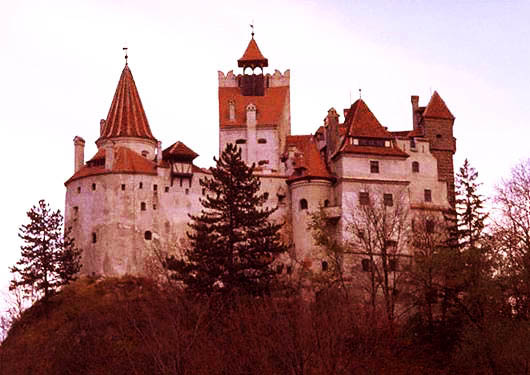
Bran castle was restored a couple of times and has been a host for the royal family of Romania (many Romanian kings, princesses) through the middle ages in Communistic time it was abandoned and just recently it was turned to a cultural museum (probably part of UNESCO).
The castle is located on a high rock and near it is a beatiful garden and an old times mention. In the castle there are plenty of objects left and traditional princess dresses, pictures, a cinema room, an ancient torture room and plenty of other medievel furniture.
The price was normal 25 LEU (the romanian currency), this equals to something like 6,5 EURO.
On the road, while travelling in Romania on many places you see the signs reading <b> DRUM BUN</b>: which in English means <b>"Have you a good trip"</b>.
During our way back from Bran we travelled through another mountain region – Sinaia.
The prices of food in the super-markets in Romania are quite almost same like in Bulgaria and if compared to western europe many products can be considered even cheap. The quality of food I found to be quite satisfying. A lot of people in Romania are still selling home made yellow cheese and natural grown products in villages as well as I've seen plenty of this street old fashioned tradesman which I like so much on the streets. The country roads especially the central ones and highways were quite good too. Well there is a lot to be said but unfortunately I don't have the time to prolonge this post anymore. In the mountain areas there were some sinaguture for monasteries according to what I've heard from some priests here in Bulgaria in Romania currently they have 7000 Orthodox Christian MONKS! ! ! The number is amazing high just for a comparison in Bulgaria as of time of writting we have not more than 300 monks.
Our trip thanksfully was safe and every romanian we met or ask anything was more than welcome to us and tried his best to help us. Finally it was time and we hit the road back to Bulgaria through Danube riverbridge – the bridge road is a bit better than before some holes are filled in but still there are plenty of holes.
We had to pass through the Romanian Customs and pay a fee for passing by and later were checked by Bulgarian border police – thanksfully with no problems. We had to deliver some cargo to Karnobat in Bulgaria so we passed by there and then through Burgas headed back through Stara Planina (Old Mountain) which is amazingly beautiful mountain and is a must visit place for any keen on mountain tourism.
Thanks God I came back home alive and well and here I am writting this post. To sum it up if I have to grade America and being asked if it is worthy as a tourist destination I would say not only worthy but it is a real pearl you must see!
